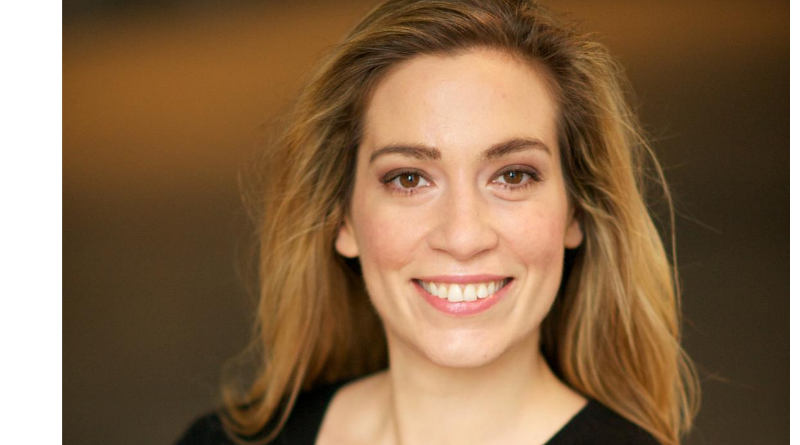For NDA’s Programmatic Month, we’re asking some of our favourite people for their predictions for programmatic technologies and advertising in 2021. Next up is Ana Milicevic, principal and co-founder of Sparrow Advisers.
What impact has the events of 2020 had on the programmatic advertising industry and how is it recovering?
We work with publishers, brands, and adtech/martech technology companies, and investors and have a pretty holistic view of the entire ecosystem so this prediction is reasonably easy to make. The current pandemic is accelerating many trends that would have come to pass anyway over the next 3-5 years and condensing them to a ~12 month timeline.
We’re now in programmatic’s third epoch: the era of maturity, stability, and sheriffs coming to town after a 7-year cycle that resembled an anything-goes, wild west ethos, and the 7-year period before that when programmatic was a shiny new thing. The current epoch started in 2016 with major IPOs like The Trade Desk’s. The theme for the next several years will be around adapting to the disappearance of third-party cookies and rearchitecting the fundamental connective layer that enables programmatic. We’ll also see increased regulatory scrutiny in major markets, higher sophistication of buyers, and macro disruptions (like Apple’s impending deprecation of IDFA).
What is the biggest opportunity in programmatic for 2021?
Programmatic is now the default way of buying and delivering digital ads — and any conversation involving programmatic needs to acknowledge that right off the bat. By becoming the default, programmatic will finally shed that dual definition that it’s both a transaction method and a class of inventory in favour of just the former.
This also means that we can start moving to a more holistic, customer lifetime value approach to campaign messaging instead of a ‘win every impression at all costs’ approach that has dominated current optimization conversations. This also extends to the concept of campaign-level maximum exposure: it’s not enough to just frequency-cap in a single channel, but to take into consideration overall customer experience across all addressable channels. Just because you can target someone doesn’t mean you should and in 2021 we’ll really start to see smart brands differentiating by demonstrating an actual cross-channel data strategy.
What is the biggest challenge that programmatic faces in the year ahead?
The elephant in the room continues to be ad spend consolidation among the top 3 walled gardens. It’s becoming a little like that old adage that no one gets fired for buying IBM — well, in modern advertising no one gets fired for buying on Facebook.
That leaves publishers and content owners with the unenviable task of demonstrating to buyers that the open internet is worth investing in; this will likely mean developing new technical capabilities (like data clean rooms that can match what buyers expect from walled gardens) and having teams that can not only sell this way, but communicate the uniqueness of their offering to prospects and clients.
What channels will fare best? And worst?
Video will lead the way, closely followed by podcast audio (especially on older content where the opportunity to expose a new audience to more timely ads is very attractive). This closely mirrors user behavior and usage patterns shifting from written to audio and video content, usually on mobile and other connected devices.
In the US we’ve placed a lot of emphasis on video in an attempt to capture television advertising budgets; while user exodus from TV isn’t as prevalent in other markets, it creates an opportunity to improve overall viewing experience and build on SVOD with smart AVOD.
On the losing end are traditional banners, retargeting, and the open internet. Nothing degrades user experience quite as drastically as a premium publisher showcasing bottom-feeder ads. While the short-term revenue may justify it, there’s only so many cat sweater ads one can show before users stop paying attention altogether.
How will new and emerging channels such as TV, outdoor and audio better plug into one-to-one programmatic channels?
They’ll capitalise on programmatic’s ease of sourcing inventory and buying, while also bringing in new budgets that were previously allocated to non-addressable channels. There’s a huge opportunity to define what measurement looks like across these channels and what their contribution to overall media mix may be. An analytics challenge, as much as an advertising efficacy one.









